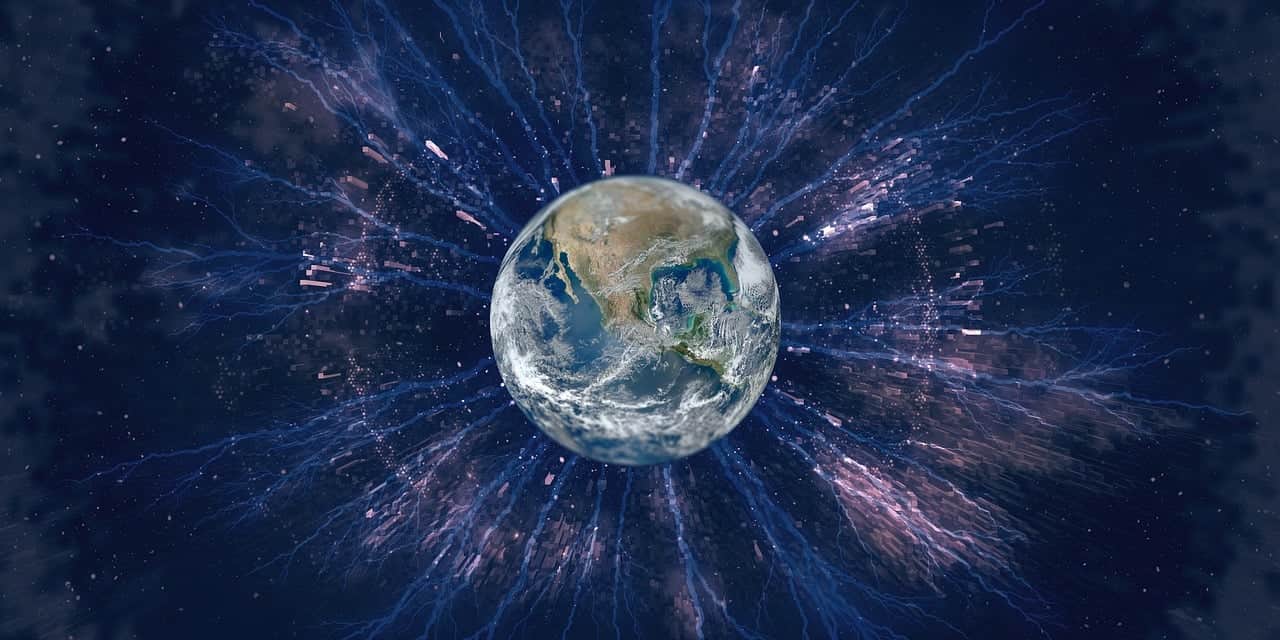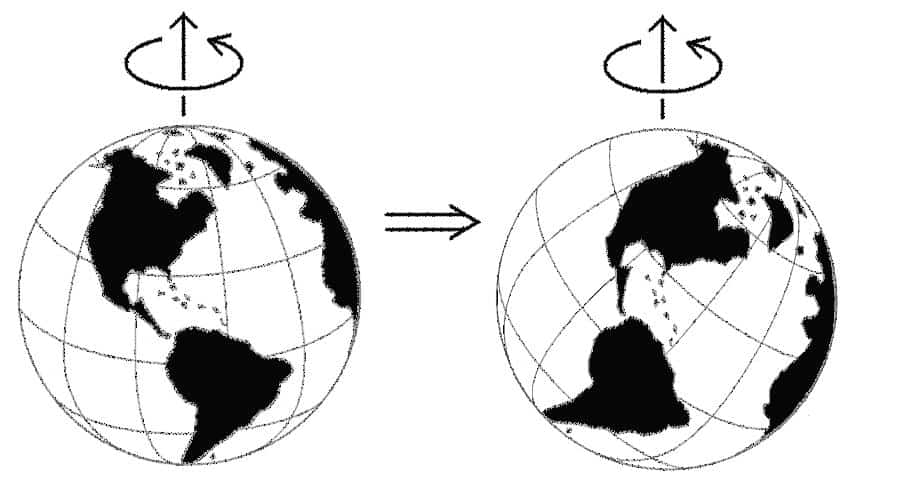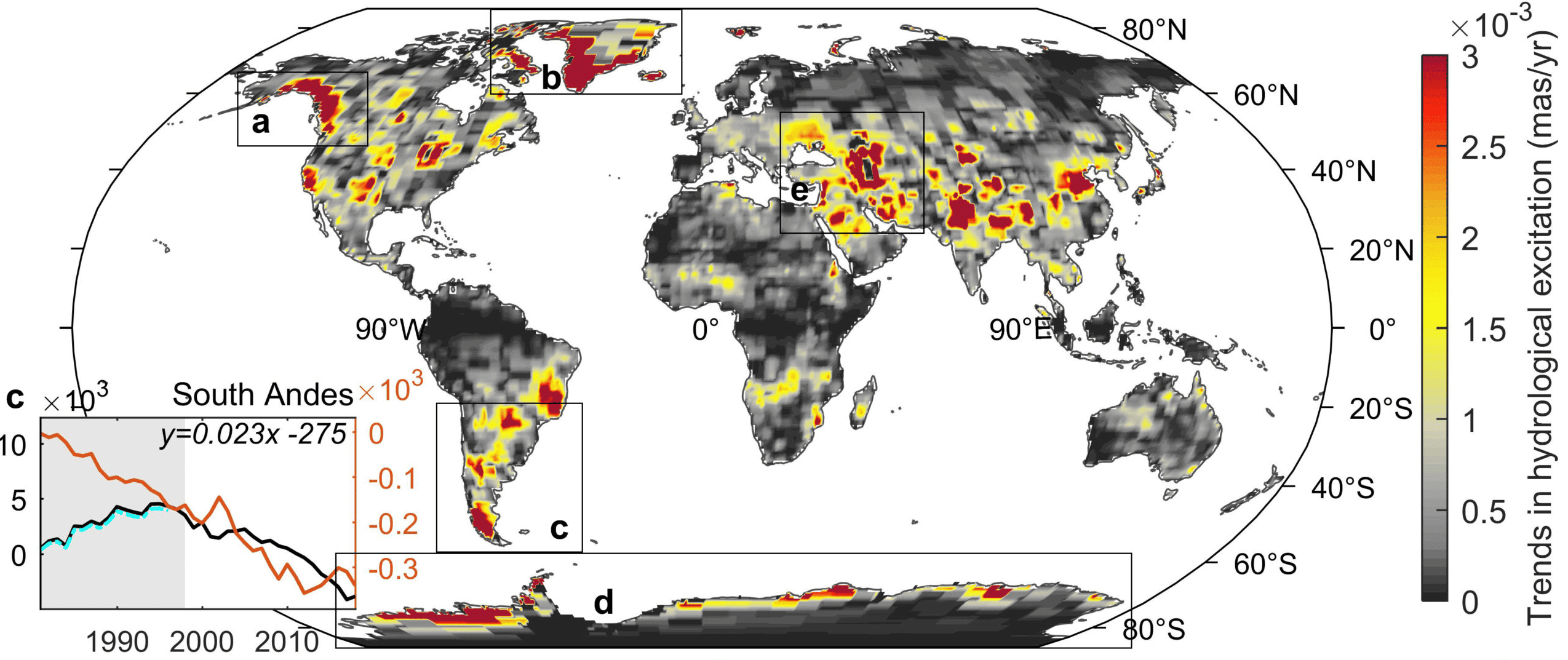
When you think about how we humans are changing the planet, you’d mostly think about the local level. Maybe it’s something like pollution or deforestation, which affects a particular region. But we’re also changing the planet itself. We’re changing the atmosphere through global warming, we’re polluting everything with microplastics, and as it turns out, we’re even changing the planet’s axis.
According to researchers, the planet’s tilt has been affected by all the pumped-out groundwater. By pumping out water from the ground and moving it, we shift the mass of the Earth. Enough water mass has been displaced to tilt the Earth by almost 80 cm in under 20 years.
Earth and water

It’s pretty striking that our use of water is impacting how the Earth spins, and yet, it’s not that striking.
“Earth’s rotational pole actually changes a lot,” said Ki-Weon Seo, a geophysicist at Seoul National University who led the study. “Our study shows that among climate-related causes, the redistribution of groundwater actually has the largest impact on the drift of the rotational pole.”
The idea that groundwater use could tilt the planet has been floated around for some time. It was finally confirmed in 2016, when the first such effects were calculated.
The basic idea revolves around moving mass around. Think of it this way: if you’d magically cut a slice from the top part of the Earth and put it on the bottom part of the planet, you’d shift the center of mass. This would shift the planet’s axis and tilt it.
Something similar is happening with water.
The vast majority of the water we use comes from the subsurface. When we extract and use it, we’re essentially redistributing mass from inside the planet. According to the new study, we’ve redistributed some 2150 gigatons of groundwater from 1993 to 2010.
In 2016, researchers reported a change in tilt of 4.3 cm (1.7 inches) per year. The new study reports that groundwater redistribution is the most likely explanation for that.
“I’m very glad to find the unexplained cause of the rotation pole drift,” Seo said. “On the other hand, as a resident of Earth and a father, I’m concerned and surprised to see that pumping groundwater is another source of sea-level rise.”
“This is a nice contribution and an important documentation for sure,” said Surendra Adhikari, a research scientist at the Jet Propulsion Laboratory who was not involved in this study. Adhikari published the 2016 paper on water redistribution impacting rotational drift.
“They’ve quantified the role of groundwater pumping on polar motion, and it’s pretty significant.”
Groundwater depletion

The good news is that these alterations, on their own, don’t affect us in any significant way. Naturally, the rotational pole changes by a few meters a year, so this extra change isn’t impactful. But it’s a sign that worldwide, water reserves are dwindling and we’re not very good at managing them.
It’s easy to think, just because water is so common on Earth, that it’s infinite. In reality, the water we use comes from subsurface aquifers, and those aquifers are very finite. If we pump out too much water from them and don’t allow them to regenerate, they can dry out. This is what we’re seeing in millions of places around the world already.
As temperatures increase due to climate change, this problem can become even more pressing. Researchers forecast that by 2040, extreme drought will affect one in four children. Now, researchers are looking at it the other way around.
Maybe, by studying how the rotational pole shifts, we can assess how groundwater is depleting. Normally, this is done through local surveys, or more recently, with aid from satellites that observe tiny bulges and dips in the surface due to groundwater pumping. But we have rotational data for over 100 years past. Perhaps, this rotational data can offer more clues as to how groundwater was redistributed in this period.
“Observing changes in Earth’s rotational pole is useful for understanding continent-scale water storage variations,” Seo said.
“Polar motion data are available from as early as the late 19th century. So, we can potentially use those data to understand continental water storage variations during the last 100 years. Were there any hydrological regime changes resulting from the warming climate? Polar motion could hold the answer.”






